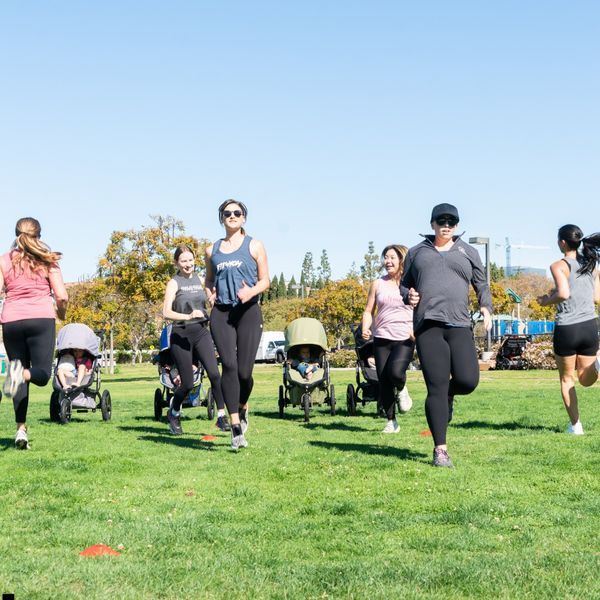Incorporate Pelvic Floor Exercises into Your Daily Routine: Pelvic floor exercises are one of the best ways to strengthen those muscles. These exercises involve contracting and relaxing the pelvic floor muscles to improve their tone and function.
Imagine your pelvic floor is an elevator. As you exhale, close the doors and lift the elevator as you find a slight contraction in your core muscles. Now, inhale as you expand your belly, ribs and back, lower the elevator back down, and open the doors as you do so. Continue to link the breath to the pelvic floor and core activation.
Practice 360-Degree Breathing: Deep breathing, especially diaphragmatic breathing, can significantly impact pelvic floor health. When you breathe deeply, your diaphragm and pelvic floor work together to balance tension and relaxation. Shallow breathing, on the other hand, can lead to increased tension and strain on the pelvic floor.
To feel 360-degree deep breathing, place one hand on your belly button and the other on your rib cage. Now, inhale; you should feel both of your hands move outward. If you only feel the belly button hand move forward, you are not fully breathing. Try again as you intend to expand your rib cage outward. Do you feel a difference?
This technique can help calm your nervous system, reduce stress, and increase your oxygen intake.
Consult a Pelvic Floor Physical Therapist: If you’re experiencing frequent or severe leakage, it’s essential to seek professional help from a pelvic floor physical therapist. These specialists can assess your pelvic floor muscles and create a personalized plan to address any weakness, tension, or dysfunction. They may use techniques such as manual therapy, biofeedback, or specific exercises tailored to your needs. A pelvic floor physical therapist can be a game-changer, helping you regain control, confidence, and strength in your body.



